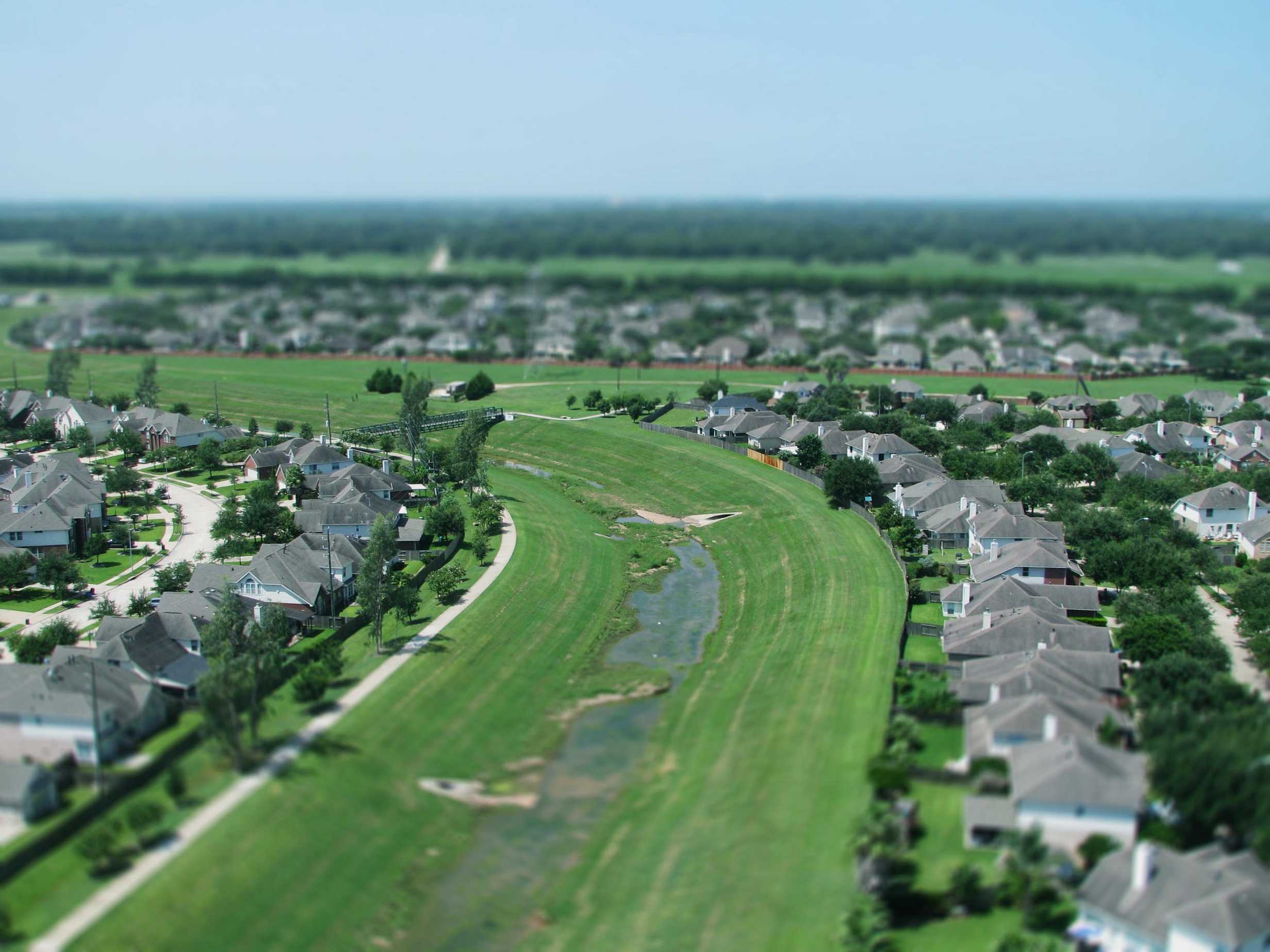What is Water Reuse?
Water recycling, or “Water Reuse” is the process of capturing wastewater, stormwater, gray water, or saltwater and cleaning it as needed for designated beneficial freshwater purposes. Some uses of recycled water include irrigation for landscaping, municipal water supply, supplying artificial lakes, and more. Fort Bend County Levee Improvement District 7, (FBCLID 7) utilizes a planned water reuse system which optimizes the water use within the community. Reuse water within this District is sampled and tested regularly to ensure it meets Texas Commission on Environmental Quality (TCEQ) standards. Recycling wastewater saves energy, improves water quality, and can extend water supplies. According to US Environmental Protection Agency (EPA) Administrator Andrew Wheeler, “Water reuse represents a major opportunity to support our nation’s communities and economy by bolstering safe and reliable water supplies for human consumption, agriculture, business, industry, recreation and healthy ecosystems.”
How does our water reuse system work?
Under strict regulations governed by the TCEQ, our system functions to clean and redistribute recycled water. Approximately 200 million gallons per year of reused water is delivered via the FBCLID 7 Water Reuse System, making a major impact on groundwater conservation, and saving residents money. This system process consists of a few basic steps before recycled water is redistributed.
The first step in this process is transporting effluent from the City of Sugar Land wastewater treatment plant (WWTP) to the FBCLID 7 Water Reuse Plant. Effluent is wastewater that has been processed and treated at the WWTP. Once it arrives at the water reuse plant it goes through a specialized filter to produce a cleaner product. After the effluent has been filtered, it is pumped to ground storage tanks where chlorine is added to purify the water. The purified water is then metered and stored in the GSTs. Metering is essentially measuring the overall volume of the water. Additional chlorine is added to the water that is being sent into the distribution system. After this process, booster pumps send the reuse water into a distribution system. The reuse water is metered before entering the distribution system. Our reclaimed water is used for irrigation and watering all the common areas and esplanades within the New Territory area.
The following photographs illustrate the process at each turn. See below.
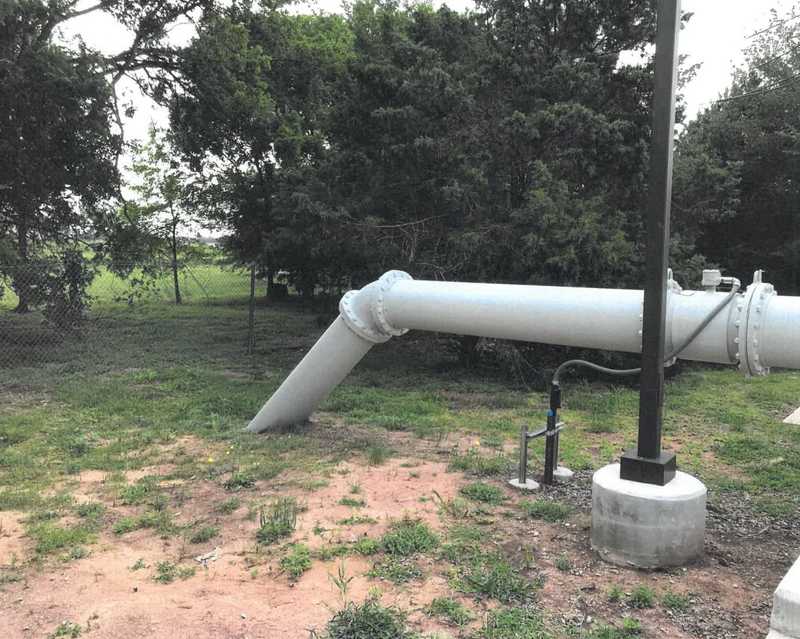
1.
Effluent travels through pipes from City of Sugar Land east wastewater treatment plant located in New Territory and is sent to the FBCLID 7 Water Reuse Plant
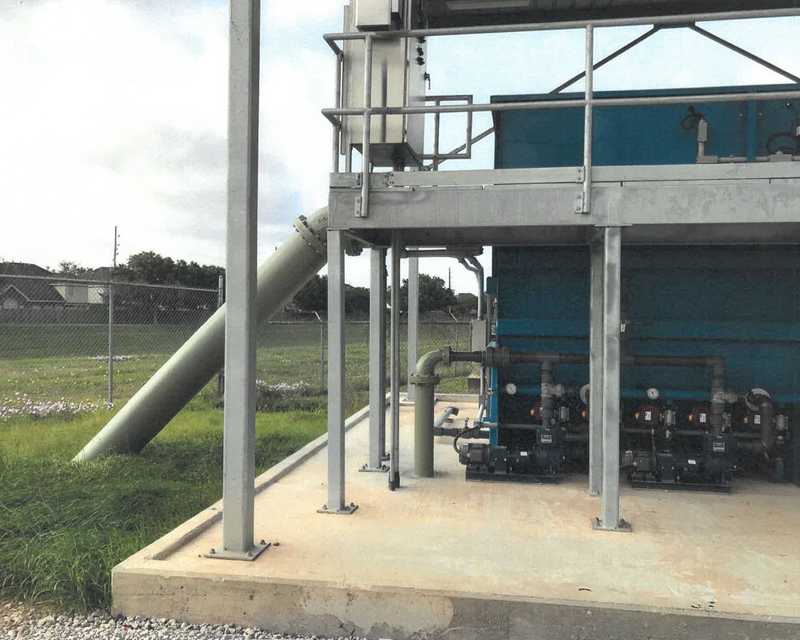
2.
The effluent arrives at the FBCLID 7 Water Reuse Plant
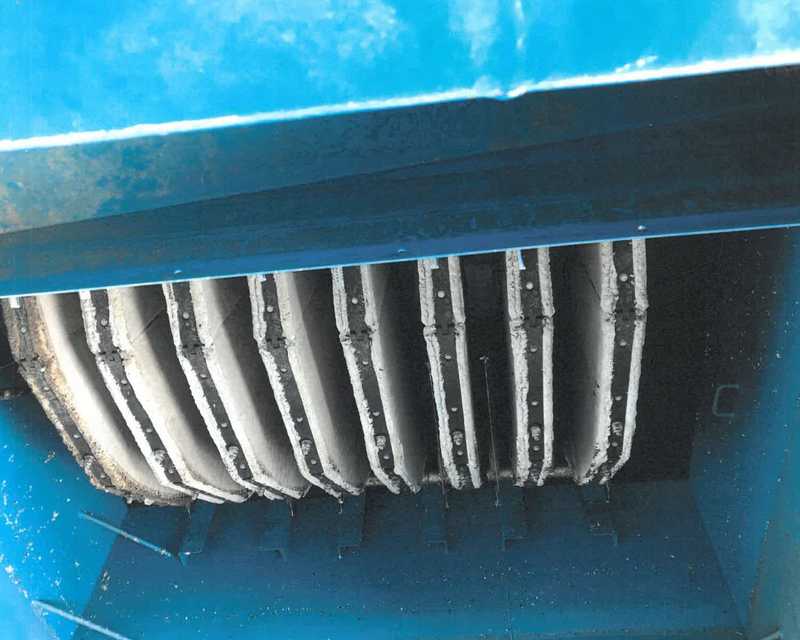
3.
The effluent passes through specialized reuse water filters
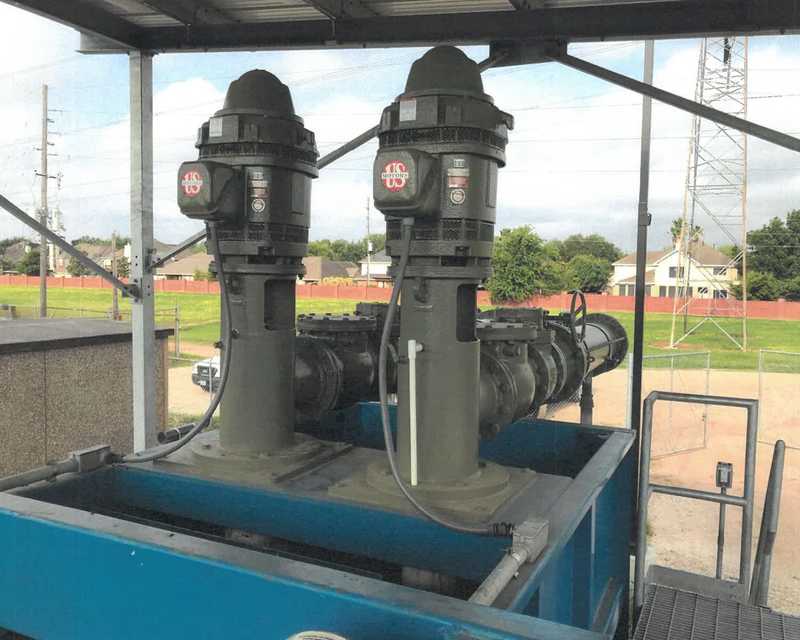
4.
The filtered effluent is pumped to Ground Storage Tanks (GSTs)
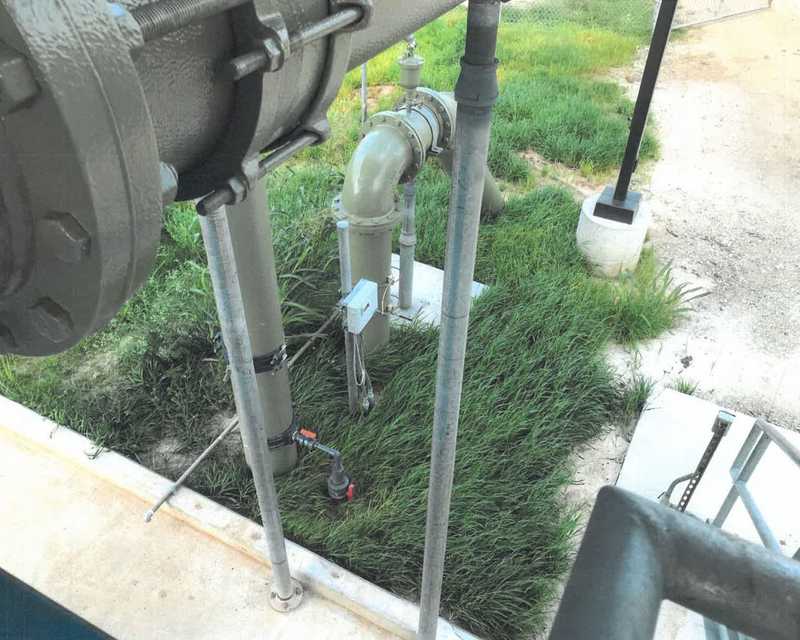
5.
Chlorine is added and the water is metered
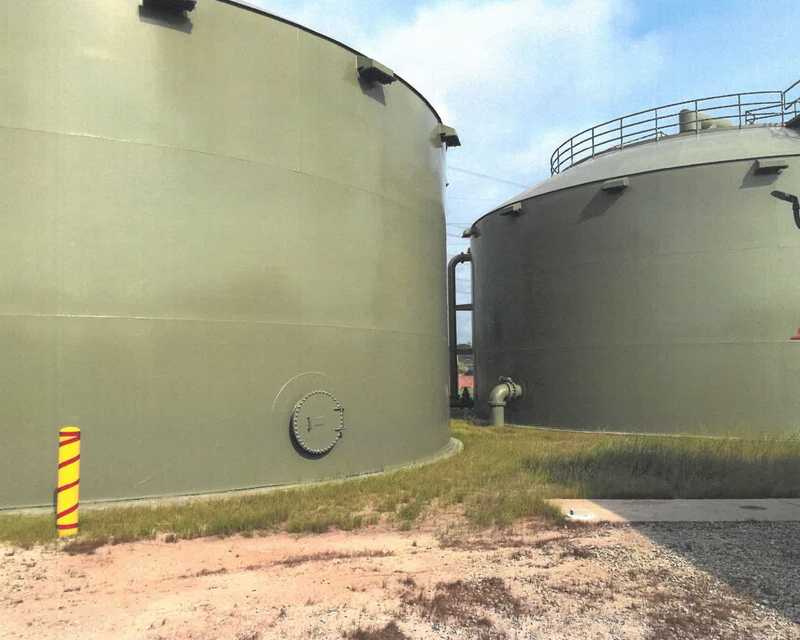
6.
The purified water is stored in the GSTs
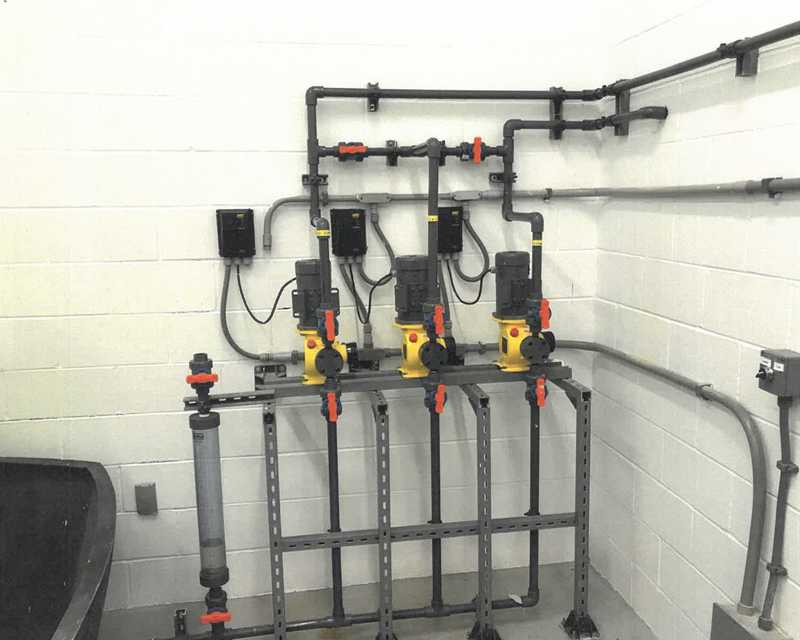
7.
Additional chlorine is added to the water being sent into the distribution system
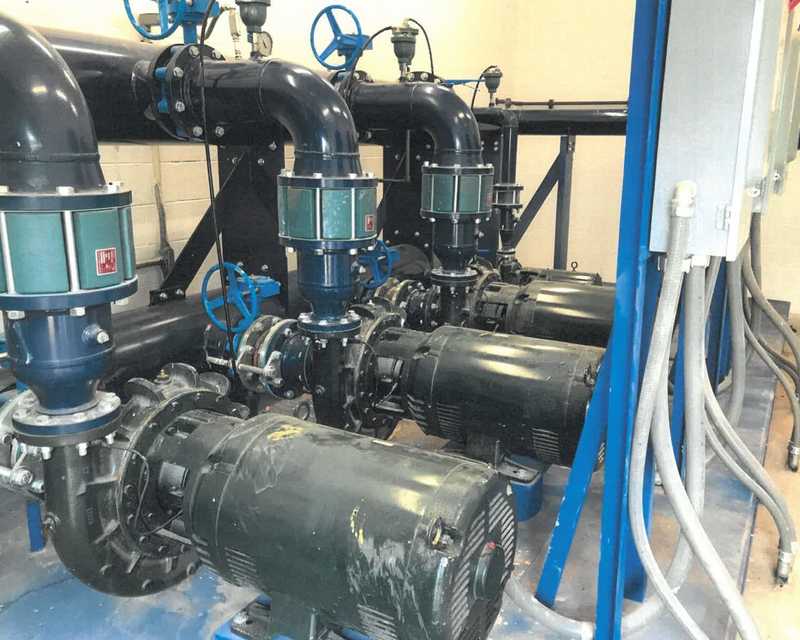
8.
Booster pumps send the reuse water into the distribution system
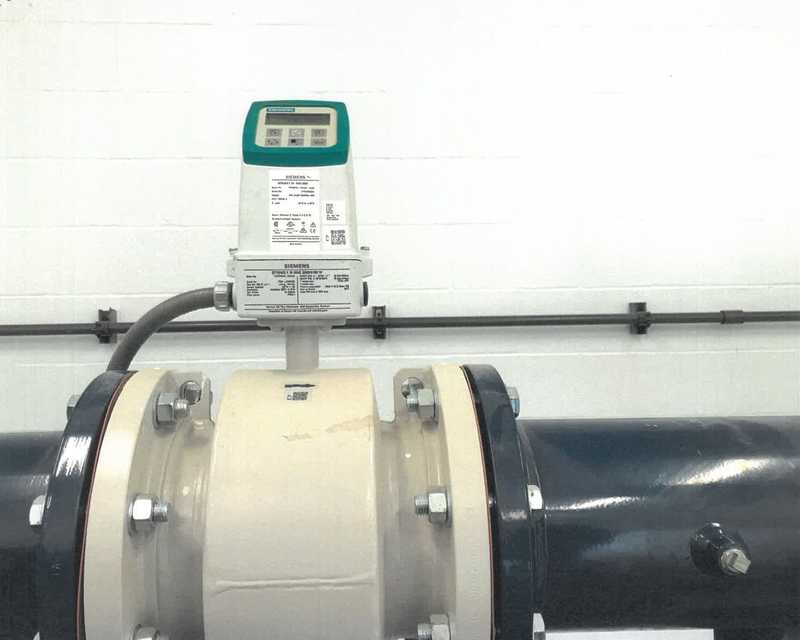
9.
Reuse water is metered before entering the distribution system
